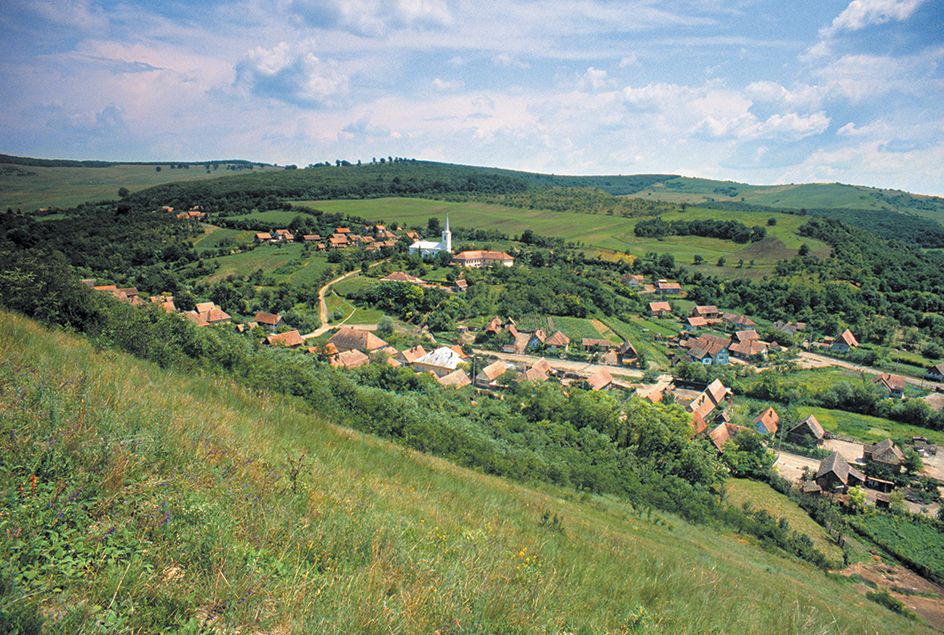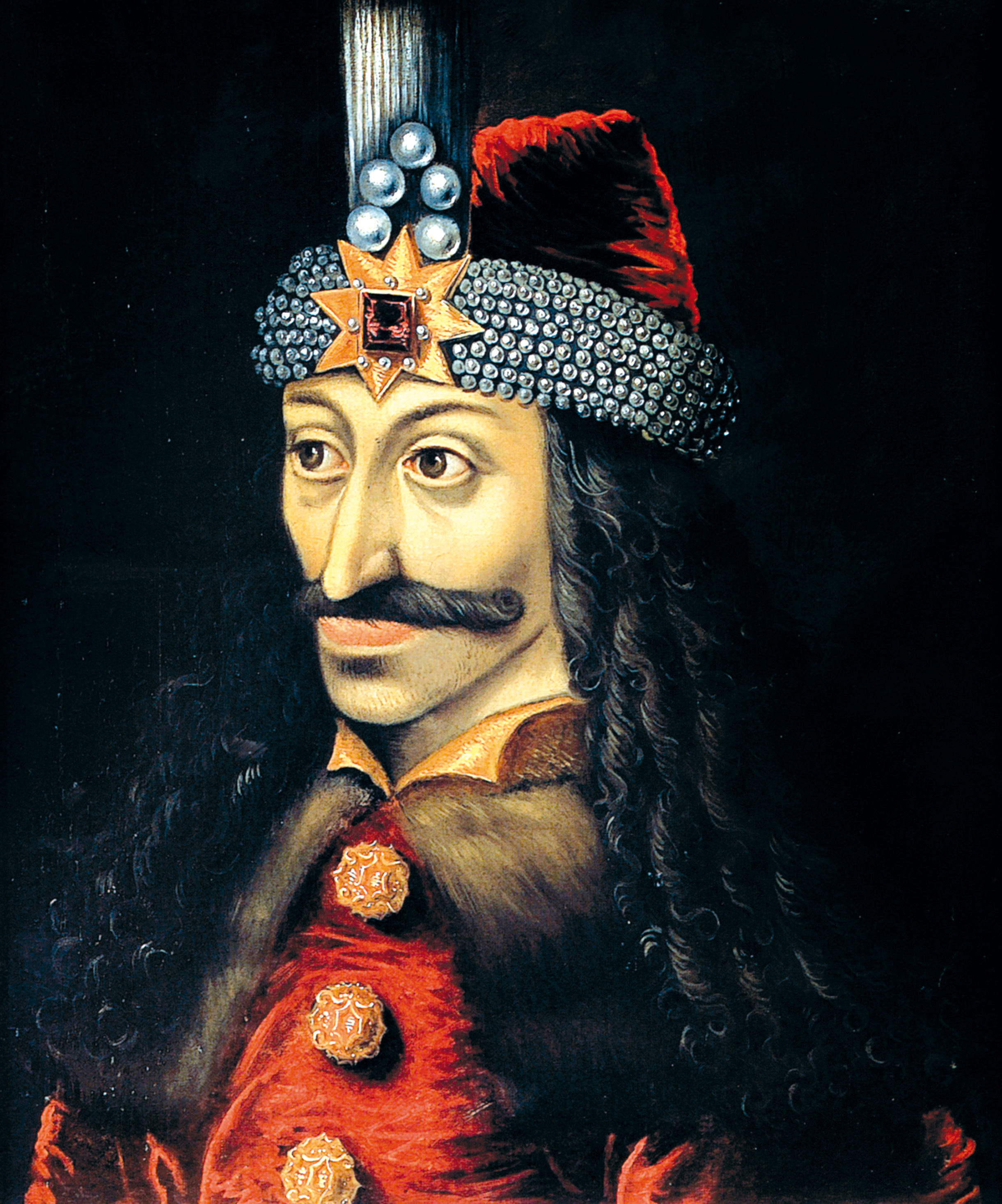Transylvania, << `tran` sihl VAY nee uh or `tran` sihl VAYN yuh, >> is a region that covers most of central and northwest Romania. It has an area of about 39,000 square miles (101,000 square kilometers). The Carpathian Mountain System separates Transylvania from the rest of Romania.

The majority of the region’s people are Romanians. But about a quarter of the population are Magyars, the national ethnic group of Hungary. Transylvania also has a sizable Romani (Gypsy) minority. The region’s largest city is Cluj-Napoca.
Transylvania has rich deposits of iron, lead, lignite, manganese, natural gas, and sulfur. The surrounding mountains are covered with beech and oak trees. Transylvania’s high plains make good grazing grounds for cattle and sheep. Its valleys produce large bean, corn, potato, tobacco, rice, and wheat crops.
For years, Romanians and Hungarians quarreled over Transylvania. Magyars conquered the region in the 900’s. From 1526 to 1699, Transylvania was part of the Ottoman Empire. The Habsburgs controlled the region from 1699 to 1867, when it once again became part of Hungary.
During World War I (1914-1918), Romania joined the Allies after being promised Transylvania. After the war, the region became part of Romania. In August 1940, Germany and Italy forced Romania to give northern Transylvania to Hungary. After World War II (1939-1945), Transylvania was returned to Romania.

Transylvania is the main site of the legend about the vampire Dracula. The character of Dracula is based on Vlad Tepes, a cruel prince of the 1400’s who lived in Walachia, a region south of Transylvania. Vlad executed many of his enemies by driving a stake through their bodies. A belief in vampires once held by many Romanian peasants added details to the legend. Dracula (1897), a novel by the Irish author Bram Stoker, made the legend famous.
See also Dracula ; Romania (Land regions) ; Vlad the Impaler .
